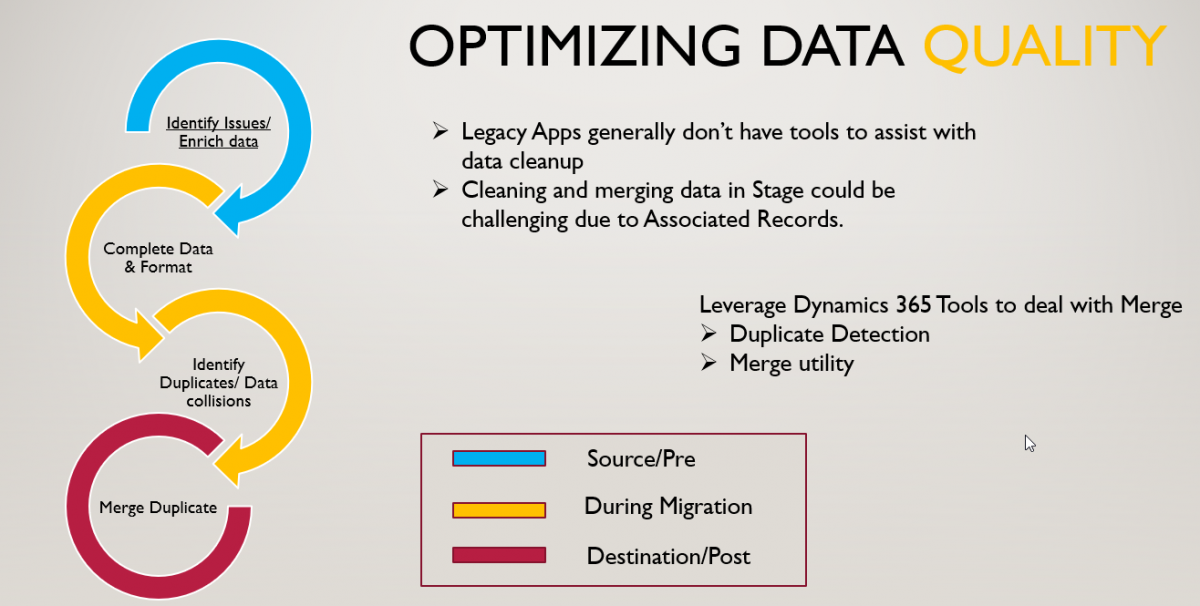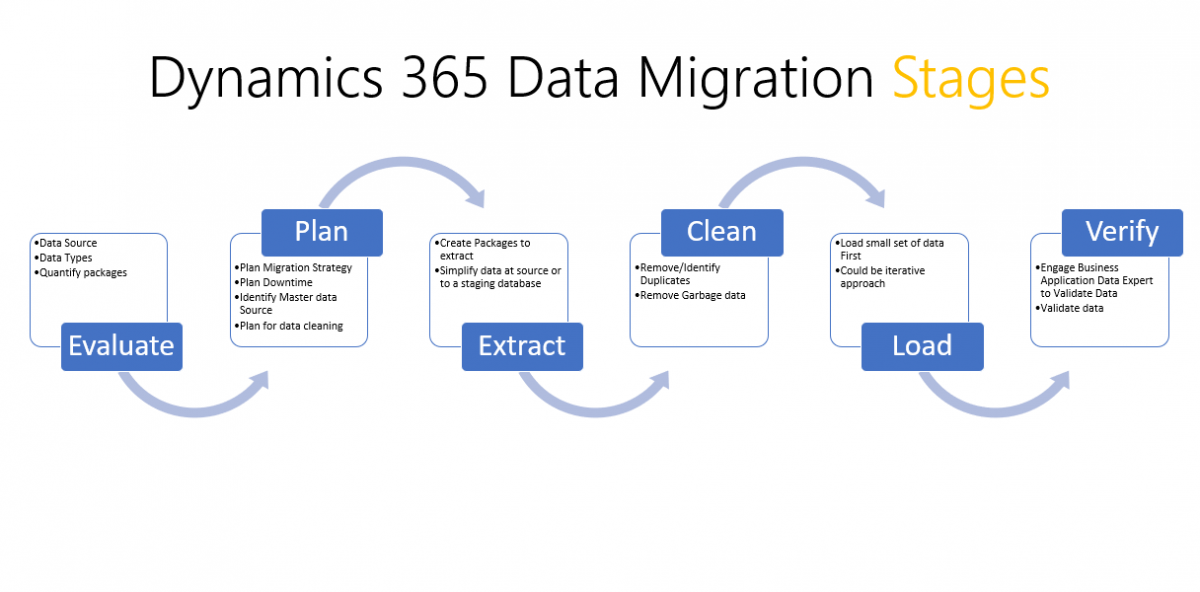In today’s business, it’s key to have Unified systems and process. Often businesses struggle to integrate enterprise data across their ever-growing number of applications and systems, resulting in applications which are meant to help but actually harm productivity.
Disconnected systems often overload employees with much of the painstaking work of searching data, data entry, data processing, and business analysis, and in some cases, data synchronization is manual and the onus of data integrity across systems will fall to employees.
When businesses invest in digital transformation projects to improve efficiency and gain a competitive edge, they have to plan on how new systems and apps will interact with each other. Burdening their employees with the task of manually migrating data between various systems easily counteracts any ROI.
Almost every Microsoft Dynamics 365 Implementation requires some level of Integration in real or near real time with other systems. At first, Microsoft Dynamics integration may seem like a daunting task but there are a lot of tools by Microsoft and ISV’s which makes it easier, Let’s dive in and look into some of the key options which have almost become industry standards for Dynamics 365 Integrations.
Continue reading “Microsoft Dynamics 365 & Integrations”


